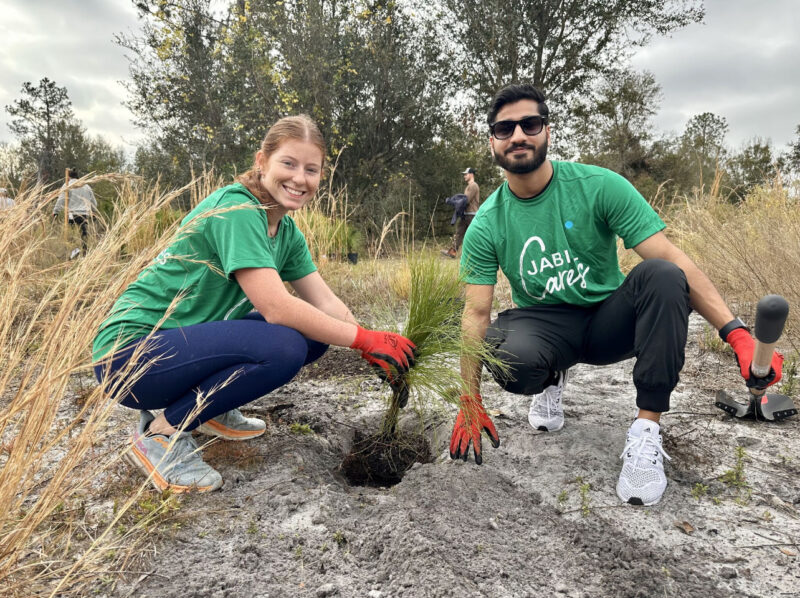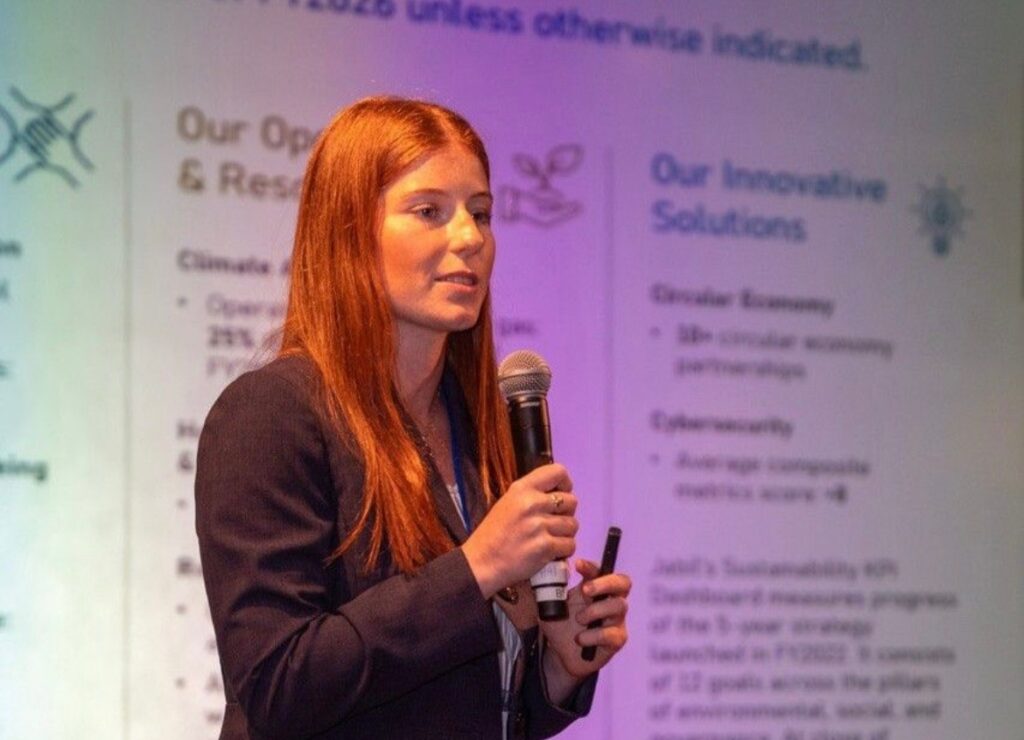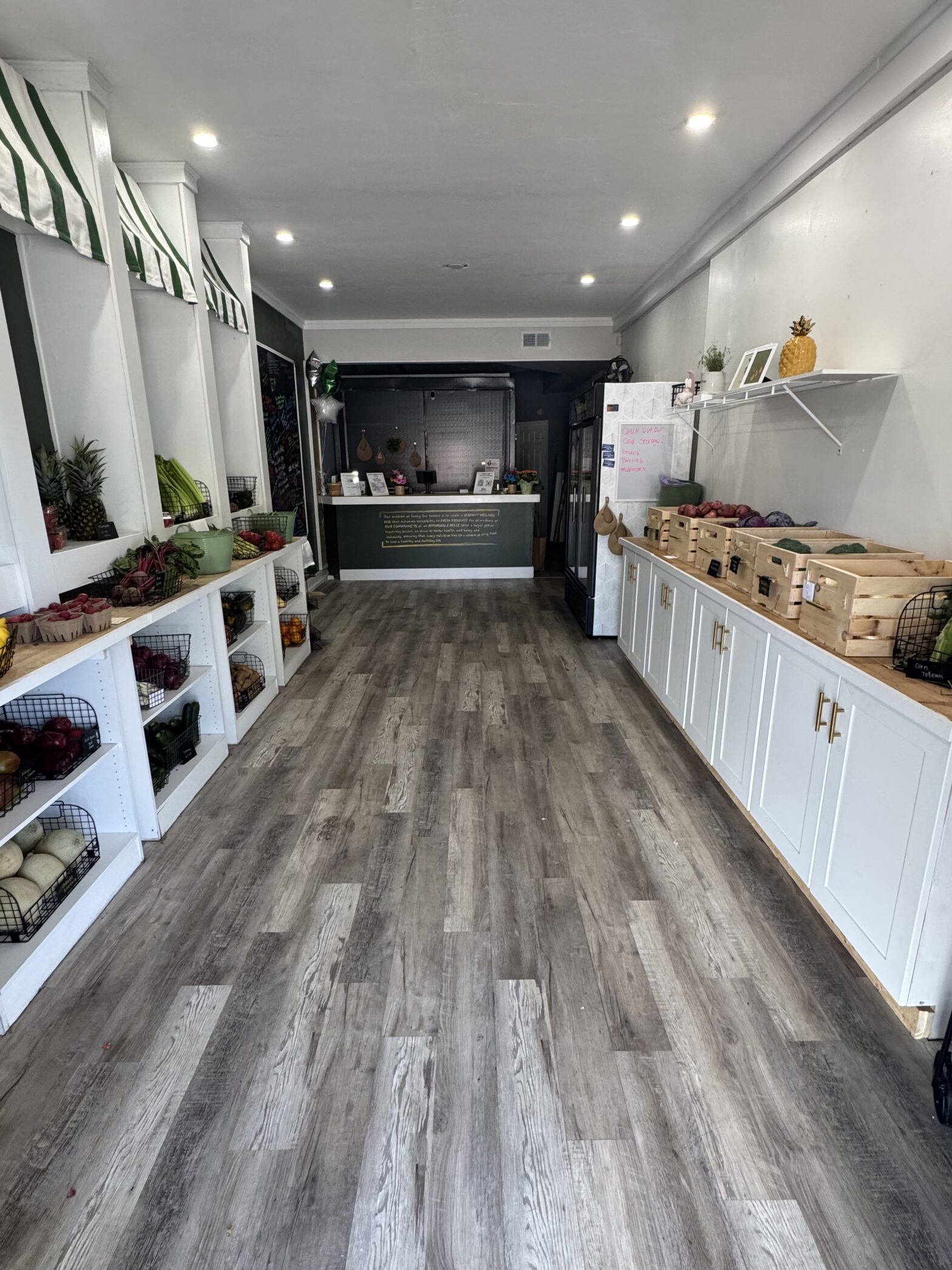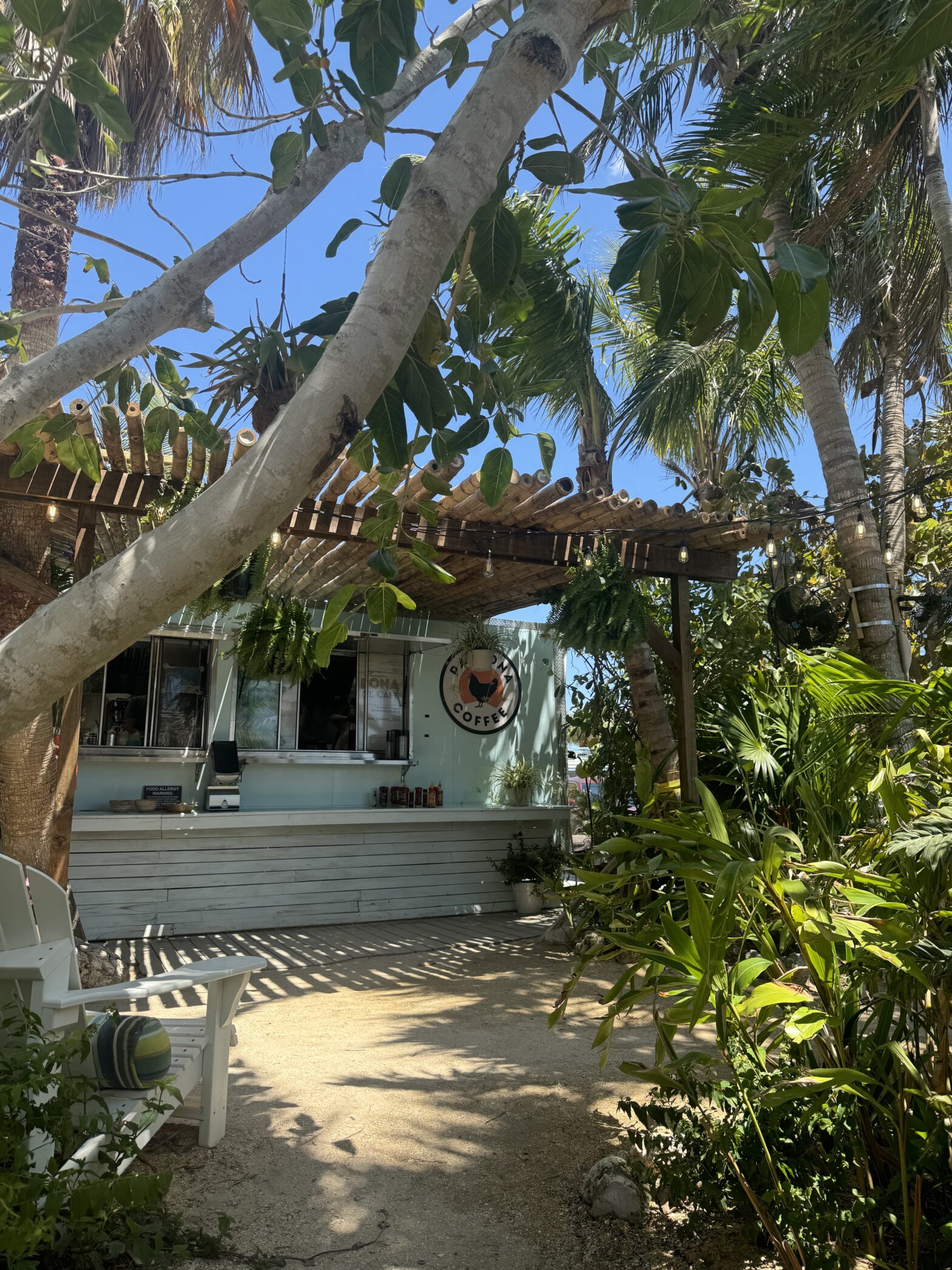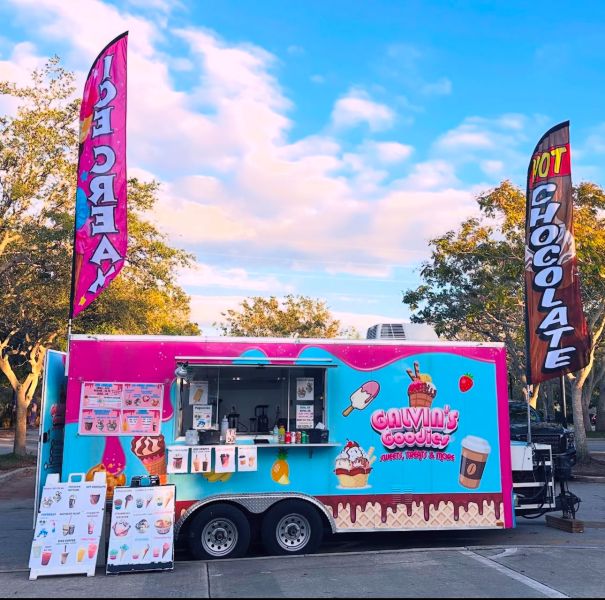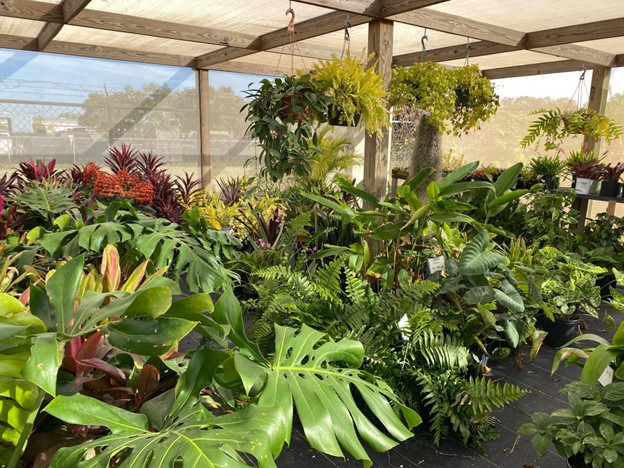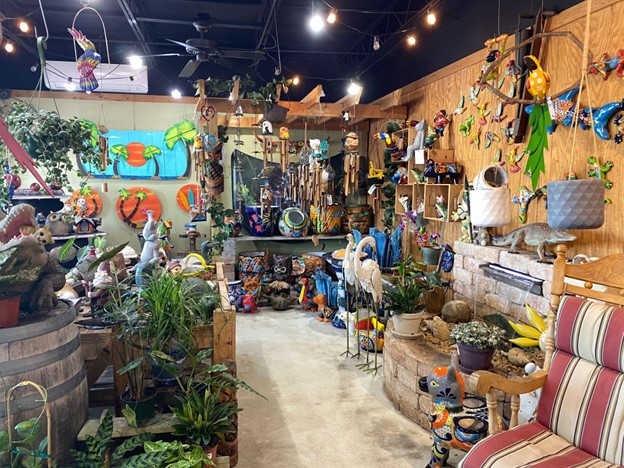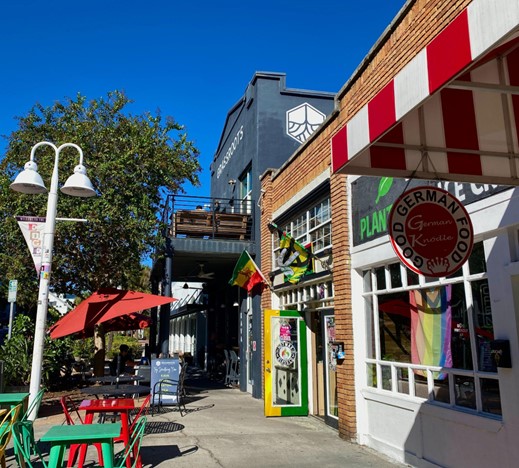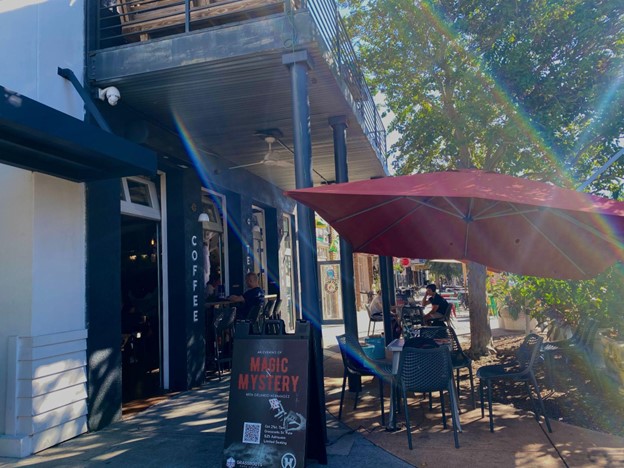By Julian Borrmann
In recent years, St. Petersburg’s social scene has started to look a
little different. Kava bars, which serve a calming drink made from a South Pacific root, are replacing some of the usual party spots. With more than a dozen now open, they’ve become a go-to for people looking for a different kind of night out — and in the process, they’ve helped create a small but growing community of kava lovers.
“I’d say the kava culture in St. Pete has evolved from something niche to something central,” said Joshua Hollands, assistant manager at Driftwood Kava and Roastery. “We’ve seen people come in just curious and end up coming back regularly after their first shell.”
Kava is made from the root of the piper methysticum plant, native to the South Pacific. For centuries, it has been used in traditional ceremonies in countries such as Fiji, Vanuatu and Tonga.
The preparation process is simple but unique. The dried root is ground into a fine powder, mixed with water and strained, resulting in an earthy and slightly gritty drink often served in coconut shells.
When consumed, kava gives off a calming, slightly numbing effect. It’s this mellow, grounding feeling that has attracted people to it. Especially those looking for alcohol alternatives or a more wellness-focused lifestyle.
Katie Muehlek, 25, who has served kava at Driftwood Kava for more than two years, first started drinking it in high school. Since then, it has grown increasingly popular with people of all ages.
“When I’m feeling anxious or overwhelmed, it’s a great way to wind down,” Muehlek said.
Outside of her job at Driftwood, Muehlek said she prefers to spend time at Muddy Water Kava, another local kava bar located on the corner of 10th Street N and Dr. Martin Luther King Jr Street.
“It really has become its own community,” she said. “I get to meet and interact with so many different people, which is meaningful to me because it pushes me out of my social comfort zone without alcohol.”
Other bars downtown, such as Grassroots Kava House and Speakeasy, have created similar community-friendly spaces. Many of these bars host open mic nights, board game events, yoga and even fire spinning and flow arts, in addition to serving kava and herbal teas.
Local artist Raegan Casper, who doesn’t drink kava herself, said many of her friends have traded traditional bar hangouts for kava bars.
“It’s more relaxed here,” Casper said. “You can have real conversations without having to yell over drunk people. There’s no pressure to drink kava, and you still feel welcomed. I love attending the community events, like art night, that many of these bars host.”
Though the drink is generally regarded as safe in moderate amounts, questions remain about its long-term health effects. The Florida Department of Agriculture does not regulate kava products, though standards vary and scientific research is still developing.
Most kava bars monitor consumption and encourage moderation as the key to enjoying the mood-boosting and relaxing effects it has to offer.
“We are completely transparent about the effects of kava with our customers,” Hollands said. “It’s really important that our staff helps keep the space safe for everyone, and we’ve never had any issues in our four years of operation.”

